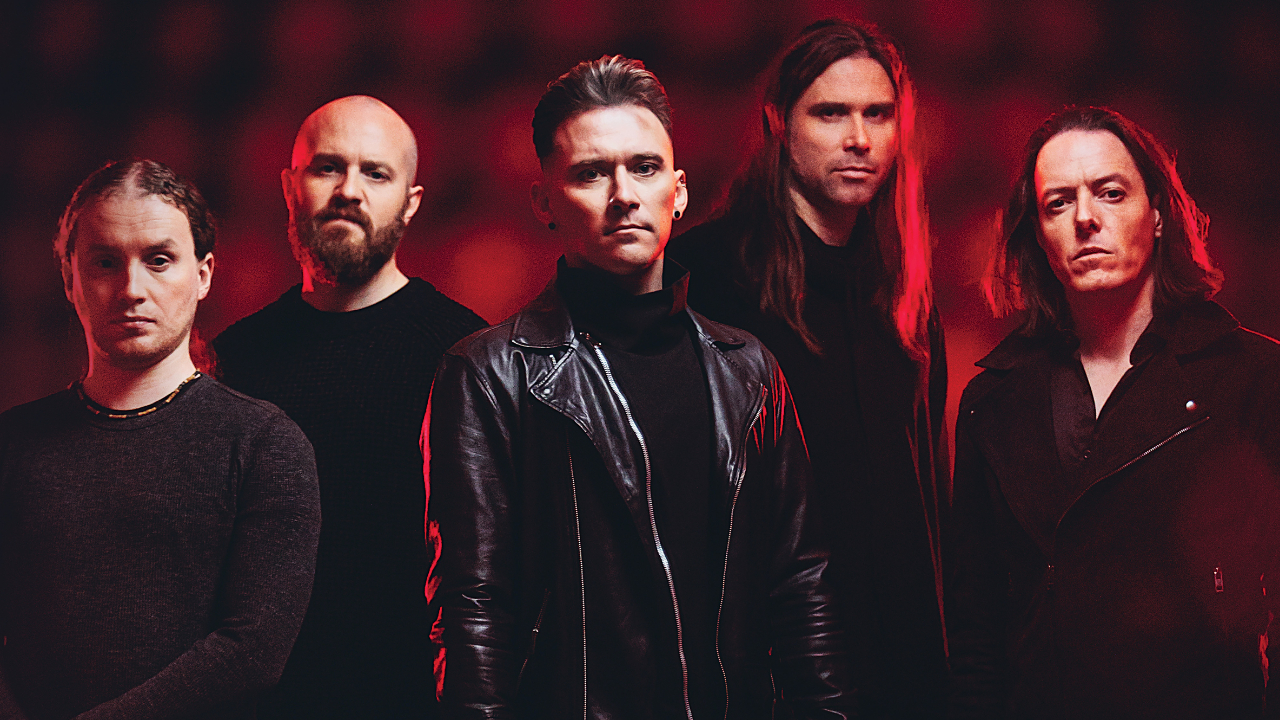
Any Tesseract album could be your favourite and we’d more than understand. Since forming as guitarist Alec “Acle” Kahney’s bedroom project, the Milton Keynes quintet have added a new branch to prog metal, casting the dense rhythm guitars of djent masters Meshuggah against lush, David Gilmour-like leads. It’s an approach (affectionately dubbed ‘Milton cleans’) that’s inspired many wannabes, but none have retained their relevance like the originators. Tesseract have never put a foot wrong when it comes to putting out great new albums, each one feeling fresh, melodic and forward-thinking. Though it’s a tough job ranking such a discography, Hammer has shouldered the burden.

5. Polaris (2015)
For the third album in a row, Tesseract had to introduce themselves to the heavy metal masses. After 2011 debut One, singer Dan Tompkins shed rank and Ashe O’Hara was ushered in for the dreamy Altered State. Polaris saw Tompkins come back to the fold, necessitating the band to release yet another welcome statement of a record, but its more episodic material felt like diminishing returns. While the tracks all individually flaunted some killer hooks, there was a clear lack of the ambition that drove Polaris’s two, far more sweeping predecessors.
4. Sonder (2018)
Tesseract had to cram Sonder’s creation in between touring cycles and, given that this is a seven-song album clocking in at a svelte 36 minutes, that crunch is pretty audible. However, Polaris’s followup slots itself above its forerunner by virtue of its sheer heaviness, epitomised by the ball-crushing riff of Luminary. Two-parter Beneath My Skin / Mirror Image also saw some of the scope of old reintegrate itself into the band’s music. As a result, Sonder wasn’t a masterpiece in its own right, but it certainly rediscovered the promise of Tesseract’s early career.
3. One (2011)
By 2011, many were arguing that progressive metal had stopped progressing, with seemingly every new band either ripping off Meshuggah or just playing metalcore with seven-strings. Then Tesseract emerged. Sure, One had some Fredrik Thordendal-indebted riffs, yet those lead guitars and the six-part centrepiece, Concealing Fate, made antiquated prog ideas feel relevant again. These touches – along with Dan Tompkins’ heroic, mostly clean vocals – were a breath of fresh air at the time, and they still feel majestic in the modern day. From day one, Tesseract were one of a kind.
2. Altered State (2013)
Tesseract could easily have crumbled after Dan’s exit. Instead, they solidified and continued their march towards total uniqueness. Altered State both abandoned the most familiar-sounding aspects of One (djenty breakdowns and screams) and doubled down on the conceptual excellence the debut hinted at. Over four suites and one hour, the band built their own textured and beautiful soundscape, plus they still got a breakout single out of it in the form of Of Mind’s opening part, Nocturne. Ashe O’Hara sang so gracefully that many fans still lament the briefness of his one-album tenure, as well.
1. War Of Being (2023)
This isn’t recency bias. On War Of Being, Tesseract got to have their cake and eat it too, revisiting the proggy flair of their classic albums while maintaining the melodic craft of what they’d attempted since.
The lead single of a title track instantly announced that War… would be a landmark release, its 11 minutes weaving through thudding guitars and avant-garde flourishes before crescendoing at the strongest vocal of Dan’s life. Then, the rest of the album lived up to that promise. Natural Disaster was a rampage of twisted metal, whereas Tender received the sensitivity of Altered State and finale Sacrifice presented another sprawling suite. All the while, these tracks were tethered by a sci-fi narrative about emotional turmoil.
Basically, everything that anyone has ever loved about Tesseract hit at full force on album number five, and it’s hard to see how the band will outdo themselves when the time comes. We’re excited to hear them try it regardless, though.







